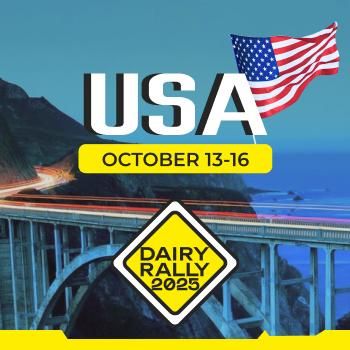EU feed production to fall by another 2.4 million tonnes in 2024

The EU feed market in 2023 reflects ongoing political and market crisis pressures, as well as increasing demand to provide sustainable feed solutions to address market dynamics and regulatory considerations. These trends are in response to the adverse impacts of climate change and animal diseases on raw material supplies, such as droughts and floods, as well as on livestock production potential, including avian influenza (AI) and African swine fever (ASF). In addition, national policies ranging from greenhouse gas emission reduction targets to nitrate regulation have contributed to these changes.
Moreover, changes in production methods, as well as decreases or changes in demand due to changing consumer preferences (the impact of food price inflation) affect feed production differently in different Member States. While countries such as Germany, Ireland, Denmark and Hungary saw feed production decline by around 5%, other countries such as Austria, Bulgaria, Italy and Romania saw moderate increases. The remaining Member States either reduced feed production slightly or maintained it at levels similar to the previous year.
As in 2022, the pig feed sector was hit hardest in 2023, with a further decline of almost 2.5 million tonnes. Germany, for example, has seen a decline in pork production due to the loss of Asian export markets and has been the target of negative media campaigns. In 2023, Denmark experienced a significant decline in pork production of -13.6%. Spain, the EU's largest pig feed producer, lost 800,000 tonnes of production due to changing consumer preferences (food price inflation) and loss of export markets. Meanwhile, Italy continues to struggle with problems caused by African swine fever (ASF).
Poultry feed production showed a more positive trend in 2023, with production increasing by 0.9 million tons compared to 2022, as some countries recovered from the impact of avian influenza in 2022. However, both Hungary and the Czech Republic experienced further declines in production due to reduced poultry production. broiler production, resulting in rotation disruptions and problems for local slaughterhouses. It should be emphasized that modest growth is not enough to recover from losses in 2022, meaning that tonnage in 2023 will still be 700,000 tonnes below 2021 levels.
Cattle feed production in 2023 decreased by 0.8 million tons compared to 2022. Like Spain, Portugal has faced problems with water shortages, leading to farm closures, especially in the ruminant sectors. Issues such as low milk prices and cattle disease have further impacted the industry. In contrast, livestock farmers in the Czech Republic and other central and south-eastern European countries have benefited from ample grass growth, resulting in reduced demand for industrial livestock feed.

As for the prospects for feed demand in 2024, this scenario remains uncertain. Key factors such as the impact of animal diseases, economic uncertainty, continued high food price inflation, ongoing weather disturbances and increased imports of poultry products from Ukraine are affecting local production. The impact of green and animal welfare policies is expected to have a negative impact on the livestock and feed market outlook, although costs for key feed inputs, mainly feed grains, have fallen to pre-24 February 2022 levels.













